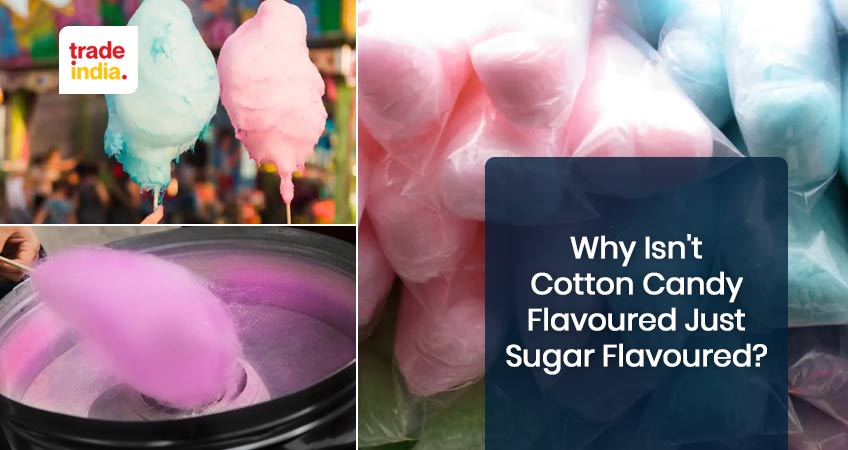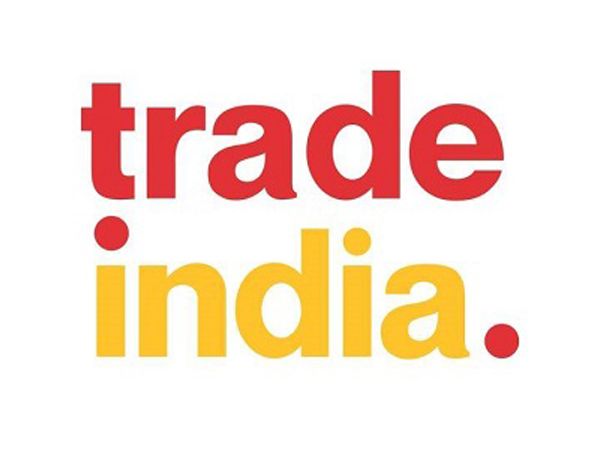
Introduction
Quite similar to the texture of cotton wool, cotton candy is a fluffy and sweet treat. The sugar mixture is melted and then spun into thin threads to create this. The strands are gathered into a continuous mass, either on a cardboard tube or in bundles. Cotton candy, which has been around for more than a century, is still a popular summertime treat at fairs, theme parks, and even baseball games.
Amusement parks and carnivals often sell cotton candy as a snack. You can usually find it wrapped around a cardboard cone in a big hunk. Its fibrous texture sets it apart from other sugary treats.
The candy's chewy consistency originates from the sugar and processing techniques employed to create it. As a solid material, sugar is initially delivered to the factory in the form of granules. When heated, the grains combine to form a syrup that is both viscous and sticky. Thin strands of this syrup are then spun out and allowed to solidify.
The name "cotton candy" comes from the fact that these brittle strands are similar to cotton fibers in many ways. The strands are not packed tightly onto the cone, so some air is trapped in the spaces between them. Since the volume has increased, the candy is now airy and soft.
Why Isn't "Cotton Candy Flavoured" Just "Sugar Flavoured"?
Cotton Candy Flavor Revolution
Since its inception in 1897, cotton candy has undergone a number of innovations that have contributed to its current prominence. Cotton candy, originally known as "Fairy Floss" but renamed "cotton candy" in the 1920s, has undergone several changes since its inception. First, its production method has evolved with the advent of new technologies.
Spinning cotton by hand may have been the norm in the past, but in the 1970s, the first cotton candy machine was invented. Using this equipment, cotton candy may be mass-produced and sold in venues as diverse as festivals, carnivals, shops, and more.
The many new cotton candy tastes available now represent one of the most significant developments in the industry in recent years. Cotton candy, long only available at special events like carnivals, has been reimagined as a gourmet treat that can be enjoyed any time of year.
The first cotton candy flavor was pink vanilla, however nowadays there is a wide variety of cotton candy price flavors available (and colors). Some common flavors are chocolate (and its many variants, such as chocolate-strawberry, chocolate-cherry, and chocolate-orange), mint, grape, bubble gum, banana, sour apple, lemon, pia colada, lime, cherry, watermelon, tropical fruit, raspberry, and chocolate. Certain cotton candy manufacturers are willing to experiment with even the most outlandish flavors, such as pistachio and fois gras.
Two of the newest gourmet cotton candy flavors to appear on store shelves are maple cotton candy and bacon cotton candy. These forward-thinking new flavors have experienced explosive growth during the past year. Some people are even starting to offer maple cotton candy at weddings and other special events since it is perceived as such a unique and special delicacy, while bacon cotton candy is part of the bigger trend of "bacon everything." Learn how Gold Medal Products and Dominic "The Midway Gourmet" Palmieri collaborated to create the ultimate bacon cotton candy in this entertaining read.
Also, Read - Best Dark Chocolate Manufacturers & Suppliers In India
Why Cotton Candy Has distinct Flavor?
1. Vanillin and Ethyl Vanillin
These two components are important to any recipe aiming to mimic the taste of cotton candy. If you leave any of these out, your dish won't be as good.
2. Strawberry Furanone
Cotton candy also contains strawberry furanone as a flavoring agent. This flavor, which is typically described as sugary and fruity, is what makes up the overall flavor. It is derived from a substance called furan, which is itself a chemical.
3. Ethyl Maltol
The key component of the cotton candy flavor is ethyl maltol, a synthetic flavor. This precise component is used as a flavor enhancer in a wide variety of recipes, foods, and seasoning blends. If you add this, you'll have a far better chance of recreating the cotton candy taste.
The Different Types of Cotton Candy Sugars
1. Hard Candy
If you're in the mood for something with a bit of color and flavor variety, this is a great choice. Cotton candy can be made by inserting a hard candy (without a coating or filling) into the floss head. We were just as taken aback, you know. We sampled some cinnamon red hots, jolly ranchers, butterscotch disks, candy canes, and lemon drops, and they were all delicious.
2. Flossugar
This sugar has already had flavoring and coloring added to it. You can immediately begin flossing after pouring or scooping it out of the container. You may have enough of medium-sized cones for a large gathering or a long summer of fun with just one half-pound carton.
Small 8-ounce packets of Flossugar are also available, and these will make enough cotton candy for roughly 10 cones. Serve this to a small family and they'll get to sample a variety of flavors without breaking the bank.
3. Flossine
This is a concentrated powder that has both the cotton candy flavor and color added. Using it is easy; just combine 2 tablespoons of Flossine concentrate with 10 pounds of sugar. Give it a good stir to mix everything together. If you want a LOT of pink cotton candy, this is the way to go, as one canister makes enough for 3,000 medium-sized cones.
Flossugar VS Mixing your Own- The Difference
1. Cost
If you want to save money, you might want to consider buying premixed instead of making your own.
Each of the 6.25-pound containers of flossugar in a carton costs about $28. This works out to about $1.44 before you factor in taxes and shipping costs.
If you buy a 25-pound bag of granulated sugar for about $10 and combine it with flossine, which sells for under $10 per 1-pound jar, you'll have 300 pounds of product for a per-pound cost of only $0.44 (again, before shipping and tax).
You may or may not save money after factoring in delivery fees, depending on where you buy and the quantity you purchase.
2. Convince
Many people choose ready-to-use cotton candy online flossugar due to its perceived ease of use, and this may be the best option for you as well. The half-gallon containers are convenient since you can pour the contents straight into the floss dispenser.
While convenient, these containers have a number of drawbacks, including a lack of protection from moisture, an imperfect seal, and a tendency to get somewhat sticky over time.
Using pre-mixed boxes of floss may not always be the most practical option, and sometimes it's better to mix and store your own flossugar in the correct kind of containers (see the next section below). Since the answer to this question depends on the specifics of your vending machine and business, there is no simple yes or no.
3. Storage & Quality
If you make your own flossugar and store it properly, you will usually always be pleased with the results.
The importance of this cannot be emphasized if you are working in a humid area. The "melting" point difference between the two types of materials is dramatic; I've seen it firsthand at events where both were used simultaneously.
Flying cotton candy or not, cotton candy is still a sugar product and will melt in hot, humid conditions. However, the flossugar we prepared ourselves and placed in plastic food service containers with spin top gamma closures was far more resistant to moisture penetration than the "ready to use" sugars stored in waxed cardboard. The flossugar we prepared ourselves was not oozing like the pre-made portions.
4. Mixing Flossugar
In reality, making your own flossugar is a breeze. Flossine can be added to granulated sugar at a rate of 1 tablespoon per 5 pounds. It won't appear right because it will still primarily seem like sugar without the entire extra food coloring, but the chocolate cotton candy will turn out darker than it should.
Conclusion
You'll know it's time to clean up the cotton candy mess when you're entirely covered in it. Fortunately, routine upkeep of the equipment is easy. The remaining sugar can be easily removed by wiping it off or washing it. It's extremely convenient because it can be removed directly from the bowl. In today's sophisticated cotton candy machines, powdered sugar is transformed into long strands of cotton candy by means of centrifugal force and a little heat. The candy is fed into the machine through a cylinder with hundreds of tiny holes, and the machine spins inside a giant bowl.
FAQs: Cotton Candy
Q. What gives cotton candy its fluffy texture?
Ans: Knowing the sugar's melting and boiling points and applying spinning forces to give the candy its characteristic fluffy texture is essential to making cotton candy.
Q. Is cotton candy loaded with sugar?
Ans: When compared to the 18 to 22 teaspoons of sugar in a 12-ounce can of soda, the amount of sugar in a cone or bag of cotton candy is far more manageable.
Q. Is cotton candy fattening?
Ans: Cotton candy offers roughly 115 calories per serving and is low in fat, salt, and preservatives.
Q. How much cotton candy sugar will I require?
Ans: You can make 15 cotton candies from 1 pound of Sugar.
Related Blogs:





